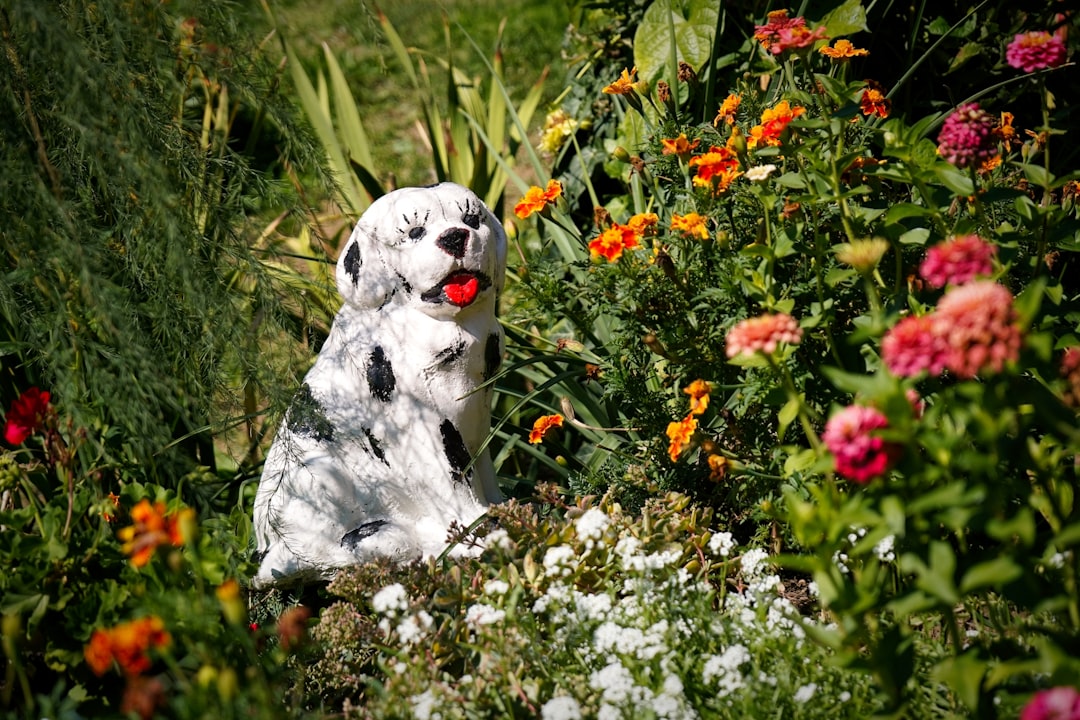The Allure of the Florida Anise Shrub

In the world of gardening, there are countless plants vying for our attention. Among them, the Florida anise, a native shrub hailing from the Southeastern United States, is steadily rising in popularity, and for very good reasons. This unassuming yet remarkable plant offers a plethora of benefits that make it a must - have for any garden enthusiast.
One of the most appealing aspects of the Florida anise is its ease of growth. Unlike many finicky plants that demand specific soil conditions, precise watering schedules, and a carefully controlled environment, the Florida anise is a hardy survivor. It can adapt to a wide range of soil types, as long as the soil is well - drained. Whether you have sandy soil, loamy soil, or even slightly clayey soil, this shrub can thrive. This adaptability makes it an ideal choice for both novice and experienced gardeners. Novices can gain confidence in their gardening skills by successfully growing this low - maintenance plant, while experienced gardeners can appreciate its ability to fit into various garden settings without much fuss.
Another outstanding characteristic of the Florida anise is its love for shade. In a garden, there are often areas that receive limited sunlight, such as the north side of a house or under the canopy of large trees. These shady spots can be challenging to fill with attractive plants. However, the Florida anise steps in as the perfect solution. It not only tolerates shade but actually thrives in it. Its lush, green foliage remains vibrant and healthy even in low - light conditions. The leaves are long, lance - shaped, and have a leathery texture, which gives the shrub a unique and elegant appearance. When planted in groups, the Florida anise can create a beautiful, natural - looking understory in a woodland garden or provide a soft, green backdrop for other shade - loving perennials.
The Florida anise offers year - round interest in the garden. In the spring, it produces small, star - shaped flowers that are a sight to behold. These flowers are usually a deep maroon color, which provides a striking contrast against the green foliage. The unique shape and color of the flowers make them a focal point in the garden during the spring months. As summer arrives, the shrub continues to grow and maintain its lush appearance. The leaves provide a cooling effect in the garden, and the plant can act as a natural privacy screen if planted along a property line.
In the fall, while many other plants are losing their leaves and going dormant, the Florida anise retains its foliage. The leaves may take on a slightly different hue, adding a touch of color to the autumn landscape. And in the winter, the evergreen nature of the Florida anise becomes even more valuable. It provides a splash of green in an otherwise dull and gray winter garden. Birds and other wildlife are also attracted to the Florida anise. The dense foliage provides shelter for small birds, and the seeds of the plant can be a source of food for them. This makes the Florida anise not only a beautiful addition to the garden but also an important part of the local ecosystem.
When it comes to landscaping, the Florida anise has numerous applications. It can be used as a border plant, lining walkways or driveways. It can also be incorporated into mixed shrub borders, where it can be combined with other shrubs of different heights, colors, and textures to create a diverse and visually appealing landscape. For those with a larger garden, the Florida anise can be used to create a natural hedge or screen, providing privacy and adding a sense of enclosure to the outdoor space.
In conclusion, the Florida anise is a truly remarkable shrub. Its ease of growth, love for shade, and year - round garden interest make it a valuable addition to any garden. Whether you are looking to fill a shady corner, create a wildlife - friendly garden, or simply add some beauty to your outdoor space, the Florida anise is a plant that should not be overlooked. So, the next time you are planning your garden, consider adding this Southeastern native shrub and experience the many joys it has to offer.